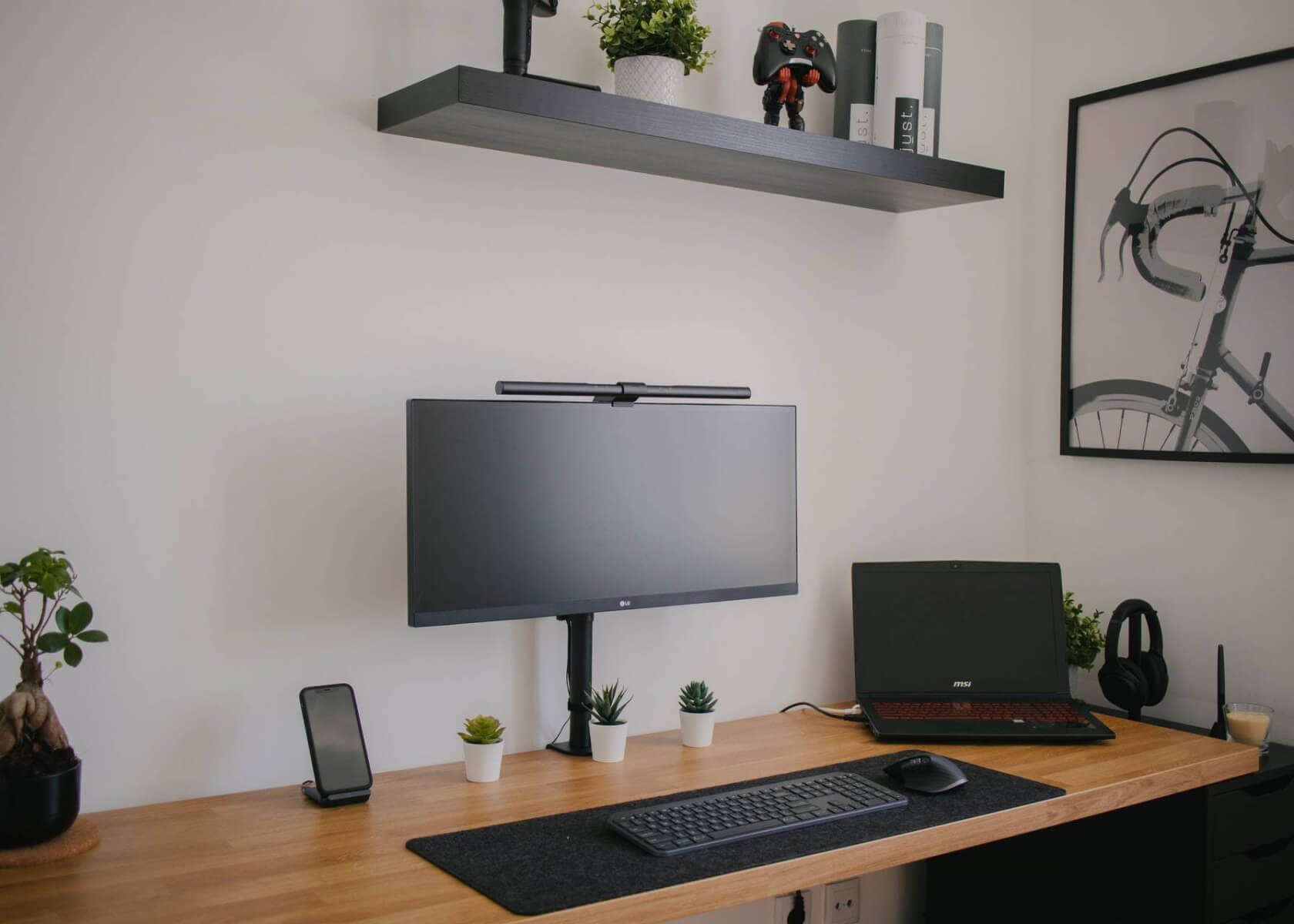Using Notion for Remote Learning and Virtual Classrooms: A Comprehensive Guide

New to Notion?
How to use Notion for Remote Learning and Virtual Classrooms
In the wake of the Covid-19 pandemic, remote learning has become a permanent fixture in education. Notion, a versatile productivity tool, offers a powerful asset for teachers and students by creating organized, collaborative, and flexible virtual classroom environments. This article will guide you through updated methods and best practices to enhance your remote learning experience using Notion.
Organizing your Virtual Classroom
One of the key benefits of Notion is its ability to help you structure your virtual classroom effectively. Here are some recommended ways to get started:
1. Create a Class Dashboard
Begin by creating a dedicated Dashboard for your class. This Dashboard acts as the central hub for all essential information and resources. Consider including sections such as:
- Class Schedule: Build a table to display dates, times, and topics for upcoming sessions.
- Course Materials: Share lecture slides, handouts, and other resources for easy student access.
- Assignment Tracker: Monitor assignments, due dates, and grading criteria using a table or a kanban-style board.
- Announcements: Reserve a section for important updates and class announcements.
2. Collaborative Note-Taking
Notion’s real-time collaboration features make it a great place for collective note-taking. Create a shared notebook where students can contribute notes, ideas, and questions. Use bullet points, headings, and checkboxes to organize the content and ensure it stays clear and accessible.
3. Student Portfolios
Notion can serve as a platform for students to maintain digital portfolios. Each student can showcase their work, achievements, and reflections on their dedicated page within the class Workspace. This approach not only promotes ownership of learning but also makes it easier for teachers to provide targeted feedback throughout the semester.
Facilitating Communication and Engagement
Remote learning requires extra effort to promote student participation and effective communication. Notion provides several features to help facilitate this:
1. Interactive Discussions and Q&A
Designate a section on your class Dashboard specifically for discussions and Q&A. Students can post questions or start discussions, while teachers and peers can respond. This interactive space can also evolve into a peer-help forum where students share insights and solutions.
2. Collaborative Projects
Notion's flexibility in handling diverse content types—text, images, files, and more—makes it ideal for group projects. Set up a shared Workspace for group assignments where students can collaborate in real time. This approach promotes teamwork and simplifies the process of tracking project progress.
3. Virtual Office Hours
Enhance one-on-one student interactions by creating a dedicated page for virtual office hours. Students can schedule appointments to get personalized help or clarification. Coupled with Notion's reminder and notification features, this setup helps ensure that students never miss an appointment.
Tracking Progress and Assessments
Notion is also a robust tool for tracking student progress and managing assessments efficiently.
1. Grading and Feedback
Utilize Notion's tables or databases to develop a structured grading system. Record assignment scores, input grades, and provide timely feedback all in one centralized location. This transparent system benefits both teachers and students.
2. Rubrics and Evaluation Criteria
By designing custom templates or databases, you can create consistent rubrics and evaluation criteria for assessments. This not only streamlines the grading process but also ensures fairness and clarity in expectations.
3. Progress Tracking
Implement a progress tracking system using Notion's database and formula functionalities. Create a Dashboard to visualize various metrics—such as completed assignments, participation levels, and quiz scores—throughout the semester. This enables you to identify areas where students may need additional support and adjust your instruction accordingly.
Conclusion
Notion provides an all-in-one solution that is continuously evolving to meet the needs of modern remote learning and virtual classroom environments. Whether you’re organizing class materials, facilitating engaging discussions, managing collaborative projects, or tracking progress, Notion offers a flexible and user-friendly platform. By harnessing the power of Notion’s tools and adopting these updated best practices, you can create an organized, engaging, and effective virtual classroom that supports both teaching and learning.


